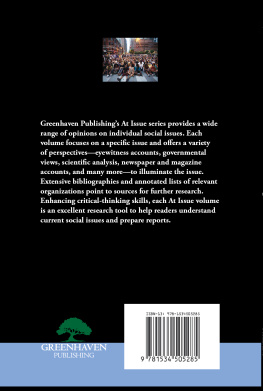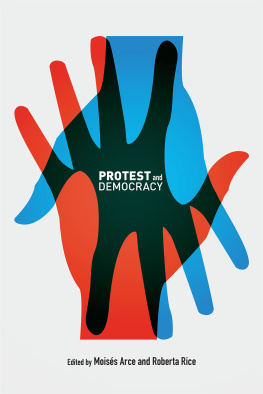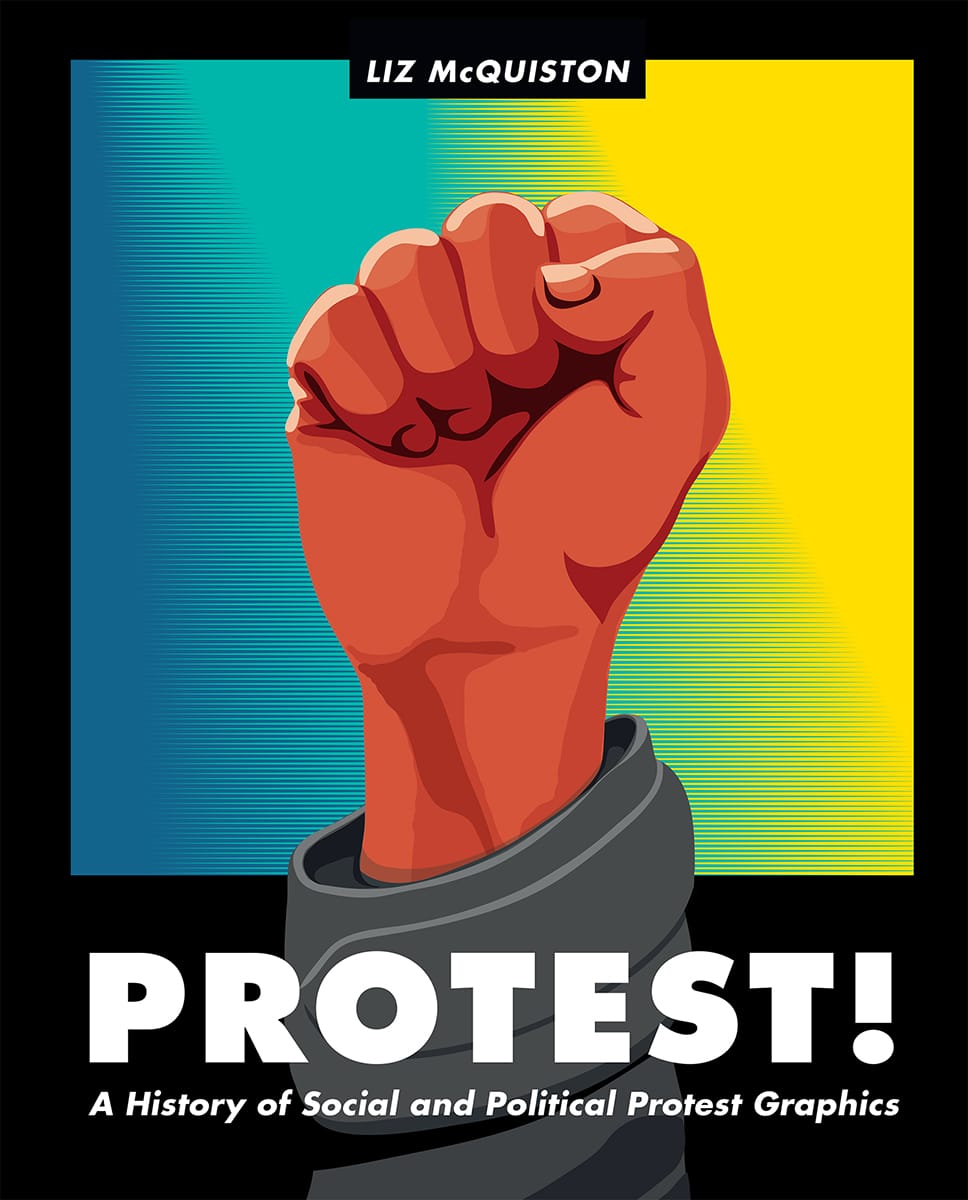Flyer demanding government action on climate change 2019
Extinction Rebellion protest movement
15001900
Early Developments: The Reformation and Social Comment
If searching for early examples of visual defiance against authority, it is tempting to use the beginning of the 20th century as a starting point. After all, that century defines an era, more or less, of living memory (ours or our relatives), and the centuries before that seem too vast and too distant. The vastness is true: disputes and protests and their visual expression, stretch far back in time, and are of such quantity as to offer a whole study in itself. But the distance, conceptually speaking, is false. Even a superficial glance at those earlier centuries is startling, for many of the issues at the centre of the protests, as well as the way that artists communicated them, are surprisingly similar to those of the present.
This chapter therefore deals with the vastness of the pre-1900s by presenting particular highlights of graphic work, and their creators, over those earlier centuries. The Protestant Reformation provides a good starting point. The advent of the political print, as a tool of protest, relied heavily on the multiplication of an image as a means of spreading its anger. Both paper and print had become available to the West in the 1400s. By the early 1500s, printing allowed an image to be multiplied, important in spreading ideas to the illiterate masses. It was possible to show anger towards lifes injustices or those in power, by producing crude or awful depictions of key people or actions, then reproducing them in multiples and distributing them by means of strolling printsellers. Thus such messages were carried mainly through pictures (as few could actually read).
The first great movement of resistance was aimed at the power of the Catholic Church and the authority of its Pope. It came in the form of Martin Luthers Reformation, ignited in 1517 by his posting of his Ninety-Five Theological Theses on the door of the church in Wittenberg. Illustrations became one of the Reformations most productive forces of propaganda and communication. Many of the German artists at that time were against Rome, particularly those close to Luther such as his friend Lucas Cranach the Elder, as well as Mathias Grnewald, Albrecht Drer and others. The artwork, artistically, tended to be extremely aggressive and crude. Messages tended to be simple, direct and devoid of broader arguments or ethical discussion. Unlike books, which were largely appreciated by a small, intellectual set of the population, prints were for the masses and often oppositional, showing anger, demanding justice or applying cruel humour to the controllers above them.
The Miseries and Misfortunes of War (163233), by Jacques Callot (15931635), is often experienced through the display of only one of its most distressing images, entitled The Hanging Tree. It is in fact a morality tale, told in a sequence of 18 small etchings, each measuring roughly 8.1 cm high by 18.6 cm wide (3.5 7.5 in). It is considered to be one of the first attempts to show how the horrors of war impact on the very fabric of society, particularly the common people. But it is also a tale about the notion of going to war: what happens to those who are recruited, transformed by the insanity of battle, and then run berserk, killing and maiming innocents and committing atrocities. The recruits then suffer gruesome punishment by their commanding officers (who catch up with them), and even worse, by peasants seeking to avenge the innocents.
The Pope Descending to Hell 1521
Lucas Cranach the Elder
Callot was born in the Duchy of Lorraine, apparently of noble birth. Throughout much of his life, he was known to enjoy and keep company with the poorer sectors of society as well as with the rich and powerful. The latter would have been necessary as etching was an expensive process and he would have been in need of a patron or two along the way. The French army invaded Lorraine in 1633, wreaking havoc and carnage on a grand scale, and therefore providing the backdrop against which The Miseries were created, and must be read.















